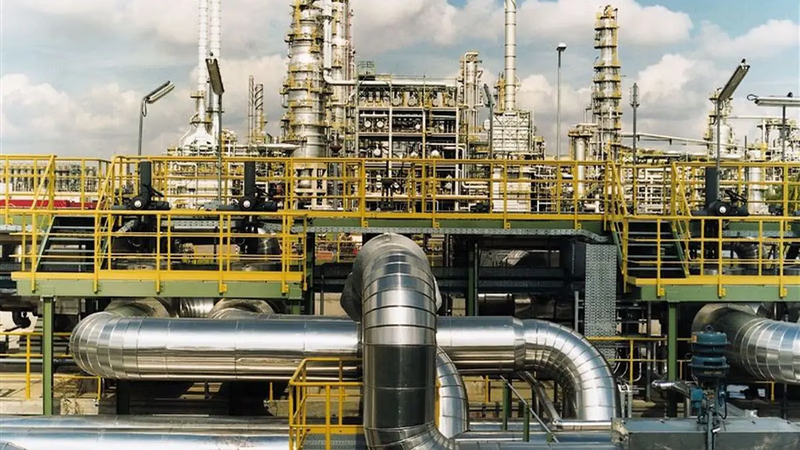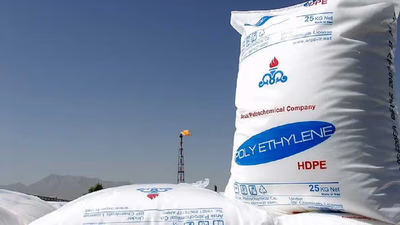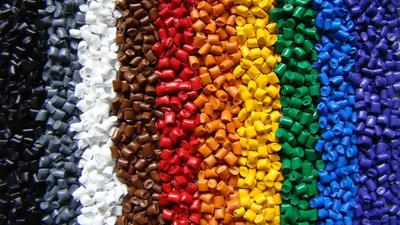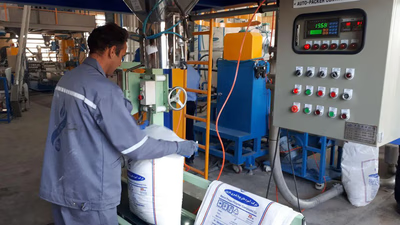
Crude oil refining and petrochemicals in West Asia.
West Asia has abundant reserves of crude oil, and countries like Saudi Arabia, Iraq, Iran, Kuwait, and the United Arab Emirates are among the largest producers in the world. These countries extract crude oil from onshore and offshore fields, which serves as the primary feedstock for their refining operations. West Asia is home to several large and technologically advanced refineries. Countries like Saudi Arabia, Iran, and the United Arab Emirates have invested heavily in developing refineries with high processing capacities. These refineries often incorporate advanced technologies to maximize efficiency and product yields.
The first step in crude oil refining is distillation. Crude oil is heated in a distillation tower, and its various components are separated based on their boiling points. The lighter fractions, such as gasoline and liquefied petroleum gas (LPG), vaporize and rise to the top of the tower, while heavier fractions, including diesel, kerosene, and fuel oil, are collected at different levels. After distillation, further processing is carried out to convert the heavier fractions into more valuable products. Conversion processes, such as catalytic cracking and hydrocracking, break down large hydrocarbon molecules into smaller ones, producing additional gasoline, diesel, and jet fuel.
The processing of oil yields various outputs, which can be categorized into six main groups. The first group is naphtha, which produces a range of products including ethylcellulose, acetic acid, methane, synthetic gas, acetaldehyde, ethylbenzene, ethyl bromide, alpha-olefin, ethylene oxide, ethylene dichloride, butene, ethanol, ethylene rubber, and propionic acid. The second group is ethane, which results in products such as liquefied natural gas (LNG), ethane dichloride, and ethane trichloride. Kerosene, the third group, is used to produce lubricating oils, white oil, normal olefin, paraffin, and alkane sulfonate. The fourth group is propane, which is converted into liquefied petroleum gas (LPG) and propylene. The fifth group, butane, yields products like butylene and isobutene. These six groups generate a wide range of outputs that contribute to the production cycle.
Within this production cycle, several notable outputs are obtained. One significant output is chemical fertilizers, including urea, diammonium phosphate, and ammonium nitrate mixture fertilizers. These fertilizers play a crucial role in agriculture and contribute to increased crop yields. Another important output is plastic raw materials, which are used in the production of various plastic products. Polyvinyl chloride (PVC) and dioctyl phthalate (DOP) are specific types of plastic raw materials derived from the oil refining process.
Additionally, the production cycle generates various chemicals such as sulfuric acid, hydrochloric acid, ammonia, sulfur, and soot. These chemicals have numerous industrial applications, including use in manufacturing processes, water treatment, and the production of various consumer goods. Overall, the refining of oil leads to a diverse range of outputs that contribute to multiple industries, including agriculture, plastics, and chemical manufacturing. The utilization of these outputs in the production cycle drives economic development and supports various sectors in meeting their energy and material needs.
Many refineries in West Asia are integrated with petrochemical complexes, allowing for the production of petrochemicals alongside refined products. This integration maximizes the value derived from crude oil by producing chemicals such as ethylene, propylene, and aromatics, which serve as feedstocks for the petrochemical industry. Crude oil energy is divided into three general categories and products: \"fuel, energy, and fibers\". These three items have been one of the most basic needs of early man and modern man. Therefore, petrochemicals products will be classified based on these needs.
-

Petrochemical products are essential raw materials across various industries, including automotive, construction, packaging, textiles, and agriculture. They drive economic growth by creating jobs and contributing to GDP through exports. Key petrochemicals like ethylene and propylene serve as building blocks for numerous products, including plastics, fertilizers, and chemicals. Ethylene is the most produced plastic globally, while propylene is crucial for manufacturing versatile plastics and chemicals. The petrochemical industry also plays a vital role in agriculture by providing fertilizers that enhance crop yields. Petrochemical products can be categorized into basic, intermediate, and final products, each serving specific industrial needs. The versatility of petrochemicals allows for innovation in product development, improving performance and functionality across applications. Additionally, these products contribute to energy efficiency, with lightweight materials reducing fuel consumption in vehicles and enhancing insulation in buildings. Overall, petrochemicals are integral to modern life, enhancing safety, convenience, and sustainability.
-

The West Asian petrochemical industry is a vital sector, leveraging abundant hydrocarbons from crude oil and natural gas. Major countries like Saudi Arabia, Iran, Qatar, the UAE, and Kuwait are key players in the production and export of a diverse range of petrochemical products. These include essential materials such as ethylene, propylene, methanol, and various plastics like polyethylene and polypropylene. Ethylene serves as a primary building block for polyethylene, widely used in packaging and construction, while propylene is crucial for producing polypropylene, utilized in automotive and consumer goods. The industry also produces ammonia and urea, essential for fertilizers, and various aromatic compounds used in pharmaceuticals and synthetic materials. The economic impact of the petrochemical sector is significant, contributing to job creation, foreign exchange earnings, and industrial diversification in the region. As the Middle East transitions from crude oil exports to value-added petrochemical products, the focus shifts towards enhancing domestic production and expanding export capabilities. This shift reflects a broader trend in the global market, where the demand for polymer and plastic products continues to rise, positioning West Asia as a critical hub in the global petrochemical landscape.
-

West Asia, rich in crude oil reserves, is a leading producer with countries like Saudi Arabia, Iraq, Iran, Kuwait, and the UAE operating advanced refineries. These facilities utilize cutting-edge technologies to enhance efficiency and product yield. The refining process begins with distillation, separating crude oil into lighter and heavier fractions. Subsequent conversion processes, such as catalytic cracking and hydrocracking, transform heavier fractions into valuable products like gasoline, diesel, and jet fuel. The refining output is categorized into six main groups, including naphtha, ethane, kerosene, propane, and butane, each yielding diverse products essential for various industries. Notably, chemical fertilizers and plastic raw materials are significant outputs, supporting agriculture and manufacturing. The integration of refineries with petrochemical complexes further amplifies the value derived from crude oil, producing key feedstocks like ethylene and propylene for the petrochemical sector. This interconnectedness between refining and petrochemicals is vital for economic growth in the region, meeting energy and material demands across multiple sectors.
-

Petrochemical polymers and plastics are essential materials across diverse industries due to their versatility, durability, and cost-effectiveness. They can be molded into various shapes and sizes, making them suitable for applications in packaging, construction, automotive, electronics, healthcare, and consumer goods. Plastics like polyethylene and polypropylene are widely used for their chemical resistance and longevity. The ability to withstand harsh conditions and provide safety in applications such as food packaging and medical devices highlights their importance. The production of plastics is categorized into thermoplastics, thermostats, and elastomers, each with unique properties. PVC, polystyrene, PET, and polyurethane are notable examples, each serving specific functions in construction, insulation, and consumer products. The petrochemical industry focuses on producing granules, which are essential for manufacturing various plastic products. While domestic production has increased, there remains a reliance on imports for certain materials.
However, advancements in local manufacturing capabilities are reducing dependency on foreign products. The lightweight nature of plastics also contributes to improved fuel efficiency in vehicles and lower transportation costs, making them a preferred choice in many applications. Overall, the ongoing innovation and development in petrochemical polymers and plastics are crucial for meeting market demands and enhancing product functionality.




